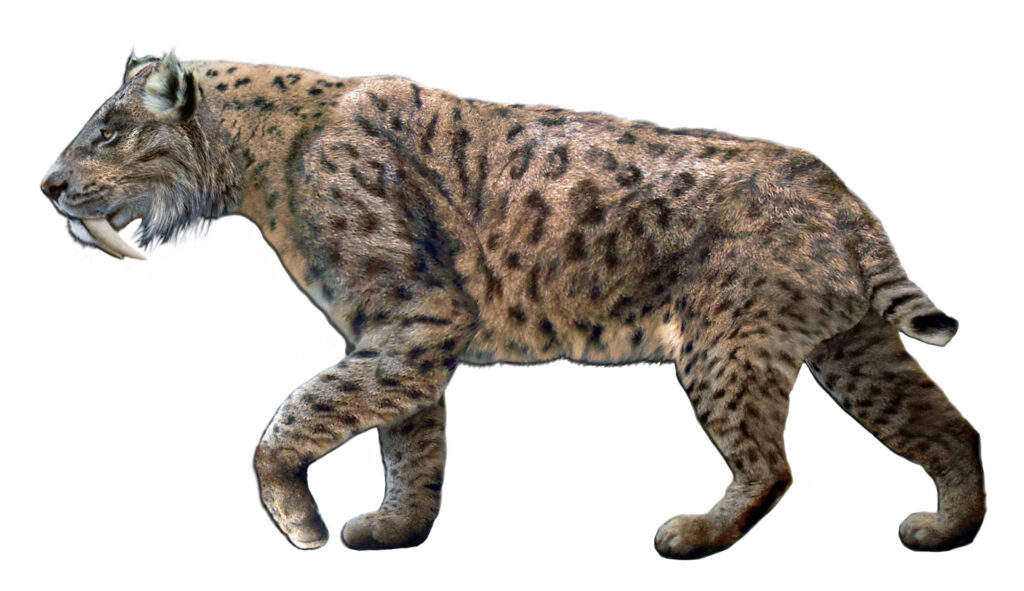The mighty Tyrannosaurus rex, often hailed as the undisputed king of dinosaurs, dominated the late Cretaceous period with its bone-crushing bite force and massive size. Yet even this apex predator wasn’t invincible. Throughout the age of dinosaurs, several formidable creatures possessed the unique combination of size, weaponry, and strategy that could potentially bring down the legendary T.rex in a deadly encounter.
From massive carnivores rivaling its own ferocious nature to heavily armored herbivores armed with devastating defensive weapons, these prehistoric titans challenged the T.rex’s supremacy. So let’s explore the fascinating world of these seven dinosaurs that could have defeated the king of all predators.
Spinosaurus – The Aquatic Giant
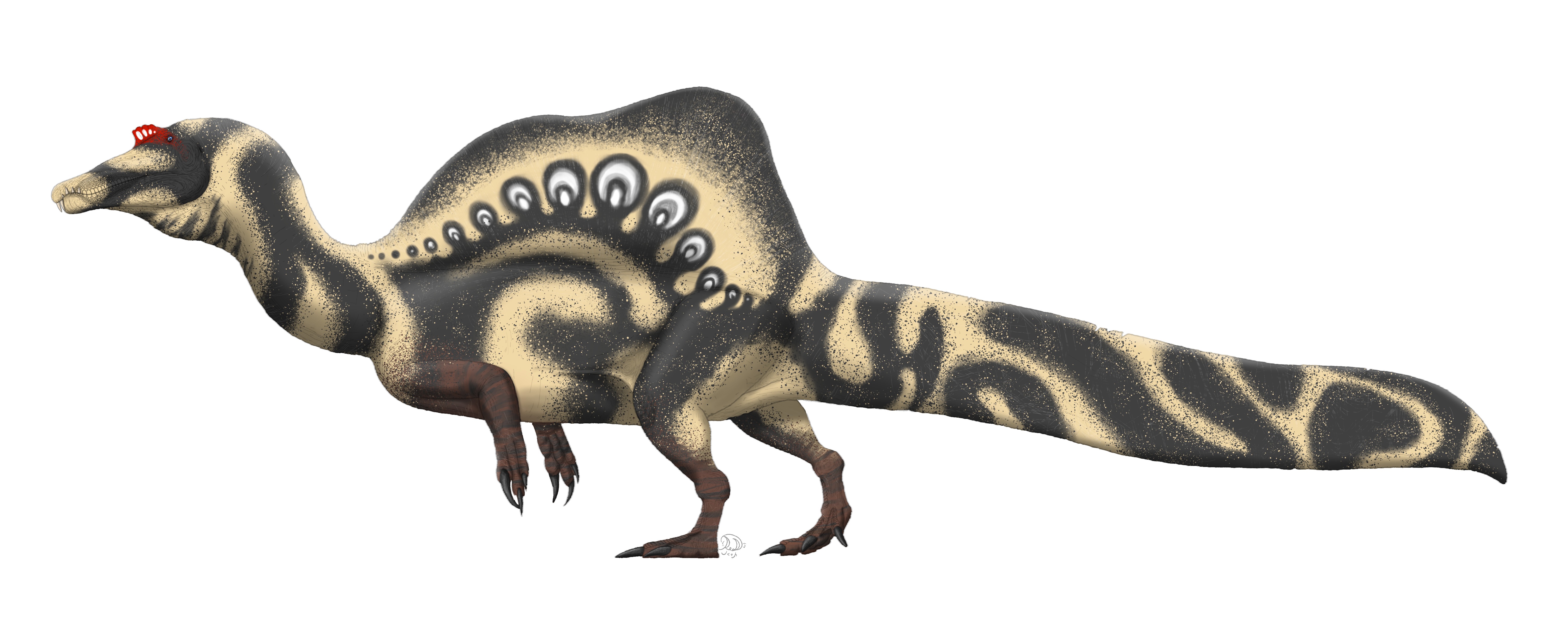
Spinosaurus holds the title as the largest meat-eating dinosaur of all time, growing up to 18 metres long and surpassing T-rex by a significant margin. This massive predator possessed a unique sail-like structure on its back that made it appear even more imposing and intimidating to potential rivals.
Spinosaurus was larger than T-rex in many ways and had adapted to an amphibious lifestyle, with strong swimming capabilities and a large, crocodile-like body. Its semi-aquatic nature gave it a distinct advantage, allowing it to hunt both on land and in water where T-rex would have been at a severe disadvantage.
What made Spinosaurus particularly dangerous was its specialized hunting style and massive reach. Spinosaurus, larger and equipped for aquatic combat, might prevail in a watery arena. The combination of superior size and aquatic prowess would have given this prehistoric giant the edge it needed to overpower the more terrestrial T-rex.
Giganotosaurus – The Southern Terror
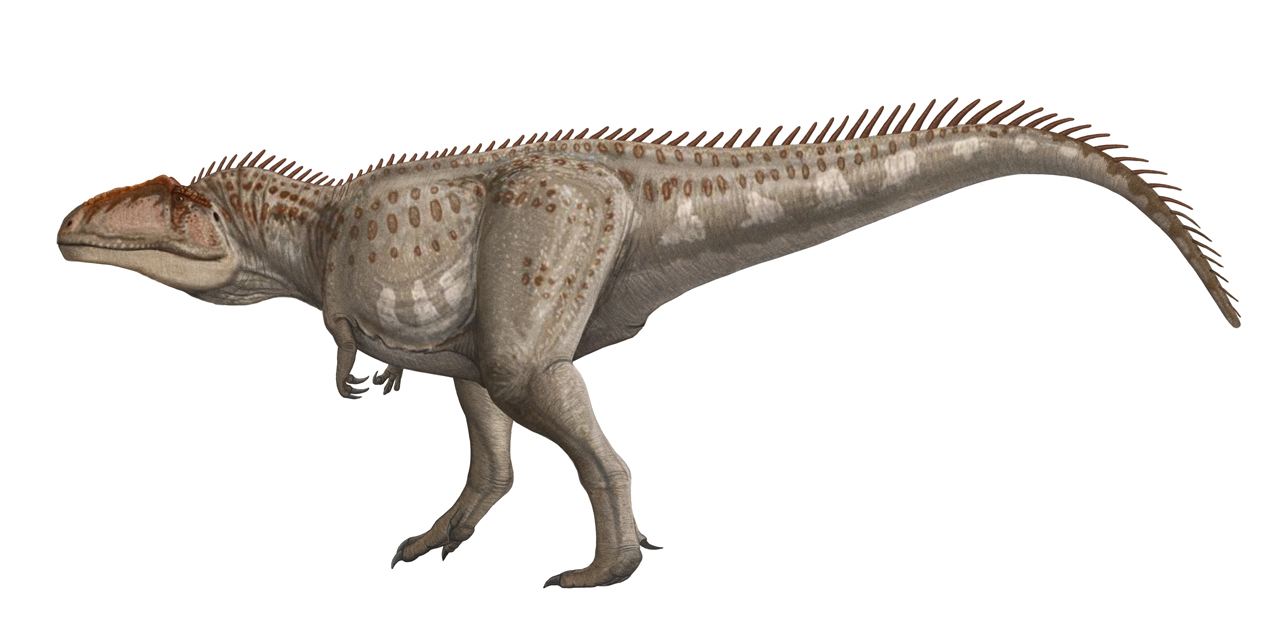
Giganotosaurus was among the largest carnivores to ever walk the land, and some scientists believe Giganotosaurus was even larger than T-rex. This South American predator possessed a skull and jaw structure that rivaled the famous tyrant lizard, making it a formidable opponent in any confrontation.
Large enough to swallow a human whole, gigas were apex predators in their environment who likely fed on young sauropods. In this battle of titans, the two foes were evenly matched, and on a good day, the giant, powerful Giganotosaurus could definitely kill a T-rex.
The Giganotosaurus possessed specialized hunting techniques that differed from T-rex’s bone-crushing approach. It is thought to have hunted the giant South American titanosaurs by slicing through their flesh with its razor-sharp teeth and waiting for blood loss and infection to finish off the mammoth creature. This slashing technique could have proven deadly against a T-rex, causing massive blood loss through repeated attacks.
Ankylosaurus – The Living Tank

Perhaps the most surprising entry on this list, Ankylosaurus was a heavily armored herbivore that possessed one of the most devastating weapons in the dinosaur arsenal. Ankylosaurus boasted a terrifying weapon: A bony club that sprouted from its tail, which the dinosaur could swing like a wrecking ball, pulverizing any predator foolhardy enough to attack.
The Ankylosaurus couldn’t kill the T-rex, but it could hurt it badly enough to escape. A well-placed swipe of the tail club could potentially cause serious injury to a T-rex’s legs! Once down, the T-rex had a really hard time getting back up. This tactical advantage could have proven fatal in a prolonged encounter.
The armored dinosaur’s defensive capabilities were nearly impenetrable. Even T-rex’s bone-crushing teeth couldn’t bite through the bony plates on Ankylosaurs’ backs. The only way for a predator to eat the Ankylosaur was to flip it over and expose the soft underbelly. This incredible defense system, combined with its devastating tail weapon, made Ankylosaurus a surprisingly dangerous opponent for any predator, including T-rex.
Carcharodontosaurus – The Shark-Toothed Killer

Carcharodontosaurus was one of the largest predatory dinosaurs to ever walk the planet, rivaling even the mighty T. rex. Measuring up to 41 feet (12.5 meters) in length and weighing as much as 7.5 tons, it was a true titan among theropod dinosaurs. This African predator earned its fearsome name from its razor-sharp, serrated teeth that resembled those of great white sharks.
Carcharodontosaurus was among the largest land-dwelling carnivores known – larger even than the mighty North American predator Tyrannosaurus rex. From the size of its massive skull, paleontologists estimate that Carcharodontosaurus probably reached a length of up to 44 feet. Its massive size advantage would have been crucial in any confrontation with T-rex.
What set Carcharodontosaurus apart was its specialized hunting strategy and physical agility. While it wasn’t as heavily built as T. rex, it had long, muscular legs that allowed it to move quickly when hunting. These traits made it a formidable hunter, capable of challenging other top predators and dominating its ecosystem. This combination of size, speed, and devastating weaponry would have made it a deadly adversary for any T-rex it encountered.
Triceratops – The Horned Warrior
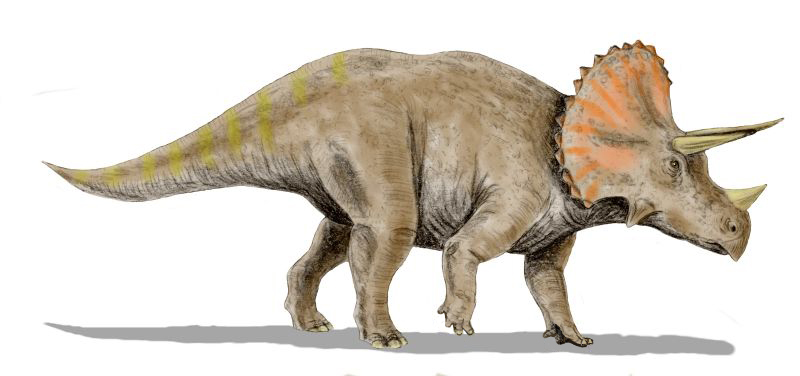
While a T-rex could certainly kill a Triceratops, the herbivore could also kill the T-rex. A charging Triceratops could bury its horns in a Tyrannosaurus rex, puncturing vital organs and killing it. This three-horned herbivore was far more than just a passive prey animal waiting to be devoured.
Standing as a living fortress against predators, the Triceratops was a formidable adversary for any predator that dared to challenge it. It was the largest member of the ceratopsian dinosaur family, reaching 8–9 meters in length and weighing 6–12 metric tons. Its impressive size and weaponry made it a dangerous opponent even for the most powerful predators.
The Triceratops possessed both offensive and defensive capabilities that could spell doom for a T-rex. The dinosaur also had a bony frill to protect it from attacks, making it harder for an enemy to bite its neck. Combined with its massive horns and charging ability, this herbivore could deliver a fatal blow to an attacking T-rex, proving that sometimes the hunted could become the hunter.
Dreadnoughtus – The Colossal Titan
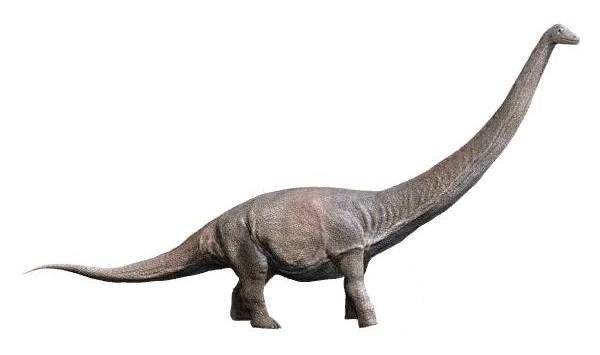
Bigger even than the Brontosaurus was the titan Dreadnoughtus. Their name means “fear nothing.” They made Brontosaurs seem puny. Approaching the length of blue whales, a human would stand shorter than their knees. This massive sauropod represented the ultimate in prehistoric gigantism, dwarfing even the mighty T-rex.
Dreadnoughtus was so titanic it was essentially predator proof. It was approximately seven to nine times heavier than a T-Rex, and it could easily kill one. The sheer size difference between these two dinosaurs would have made any confrontation heavily favor the colossal herbivore.
Despite being a plant-eater, Dreadnoughtus possessed formidable defensive weapons. Its powerful legs could kick and crush with ease. Its tail could whip through the air, pulverizing its enemies. Any T-rex foolish enough to attack this prehistoric giant would have faced overwhelming force that could easily prove fatal, demonstrating that sometimes size truly does matter in the ancient world of dinosaur combat.
Patagotitan – The Southern Giant
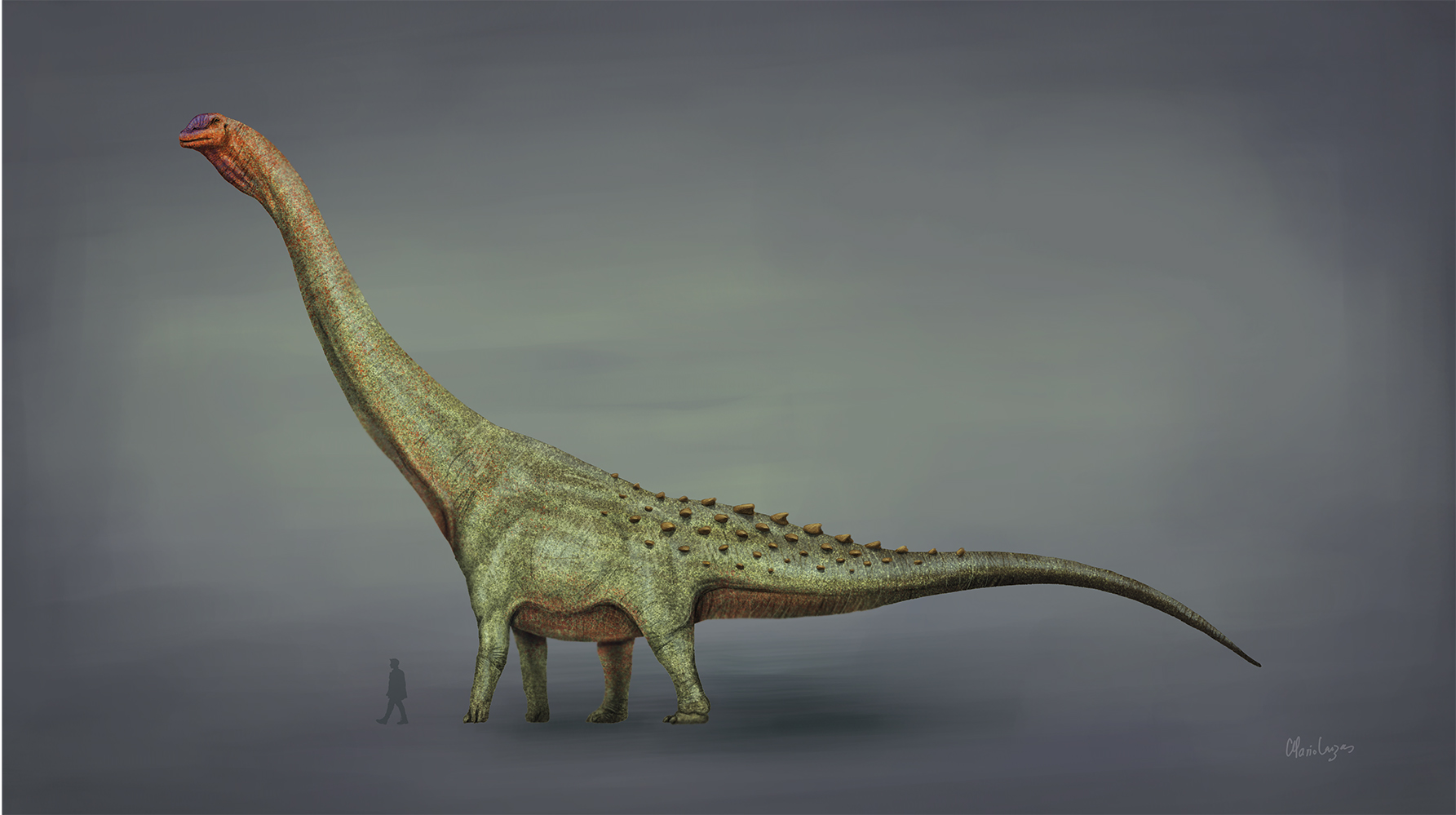
Patagotitan is another South American sauropod that made the T-rex look quite small by comparison. This immense dinosaur, sometimes called the Titanosaur, measured about 102 to 121 feet long and weighed between 57 and 85 tons. This staggering size difference would have made any encounter between the two decidedly one-sided.
Still, a creature that weighed over 100,000 pounds and stood 20 feet tall was more than capable of putting down the T-rex. The massive weight advantage alone would have been devastating, as even an accidental step from this giant could prove fatal to a much smaller predator.
Like other massive sauropods, Patagotitan possessed natural weapons that could devastate any attacking predator. The combination of its enormous tail, which could sweep attackers aside like a massive whip, and its tree-trunk-like legs capable of delivering bone-crushing stomps, would have made this gentle giant a formidable opponent for any carnivore brave enough to challenge it. Even the mighty T-rex would have thought twice before taking on such a colossal adversary.
Conclusion
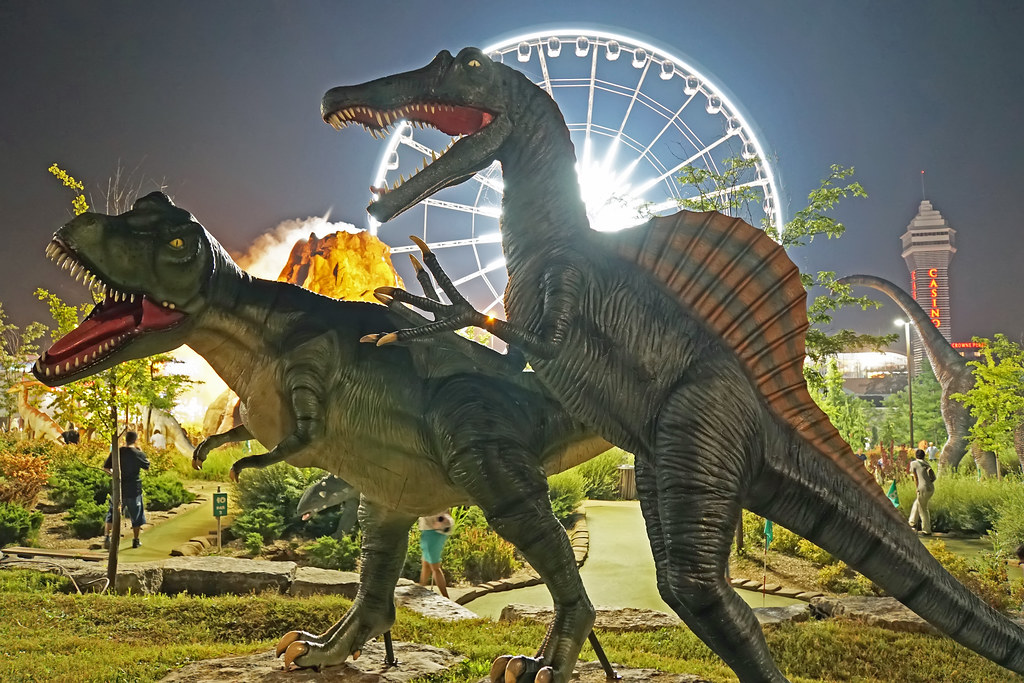
The reign of T-rex as the ultimate apex predator, while impressive, wasn’t without its challenges. These seven remarkable dinosaurs each possessed unique advantages that could have spelled doom for the famous tyrant king. From the aquatic prowess of Spinosaurus to the devastating tail club of Ankylosaurus, each creature had evolved specialized weapons and strategies that could potentially overcome even T-rex’s legendary bite force and intimidating presence.
What makes this topic truly fascinating is how it demonstrates the incredible diversity and adaptation that existed during the age of dinosaurs. The prehistoric world wasn’t simply ruled by one supreme predator, but rather featured an entire ecosystem of giants, each perfectly adapted to their environment and capable of holding their own against any threat. What do you think about these prehistoric matchups? Tell us in the comments.



